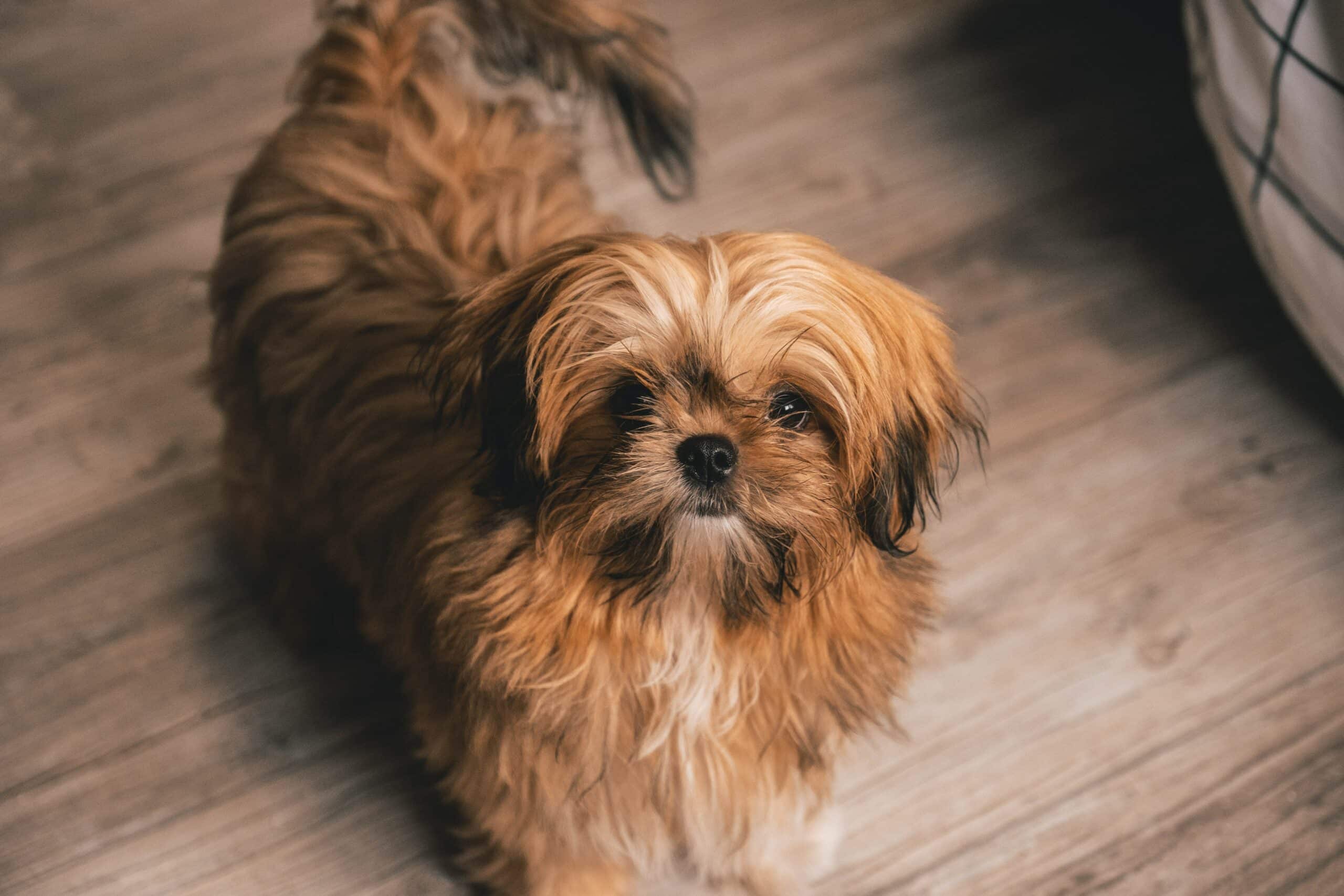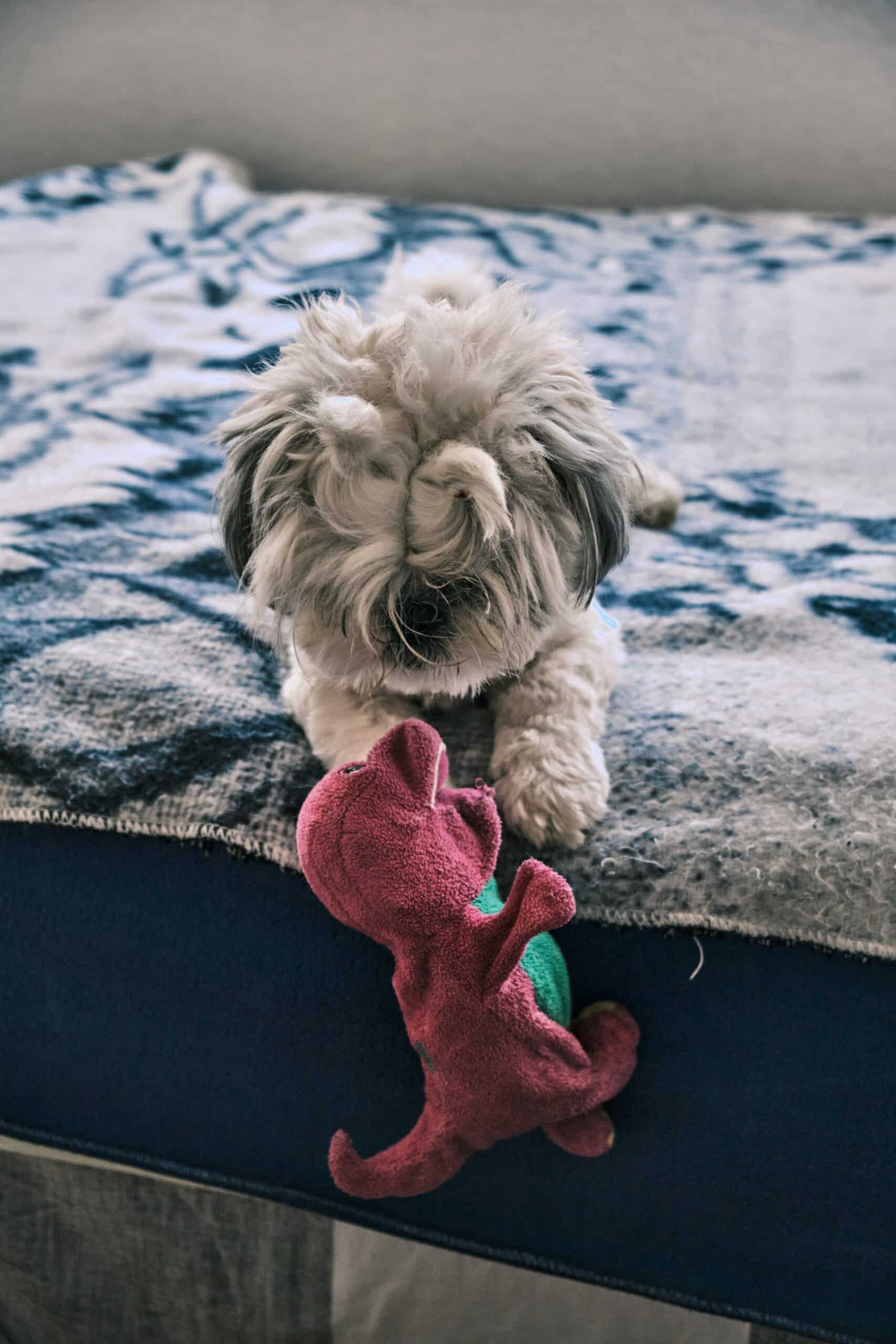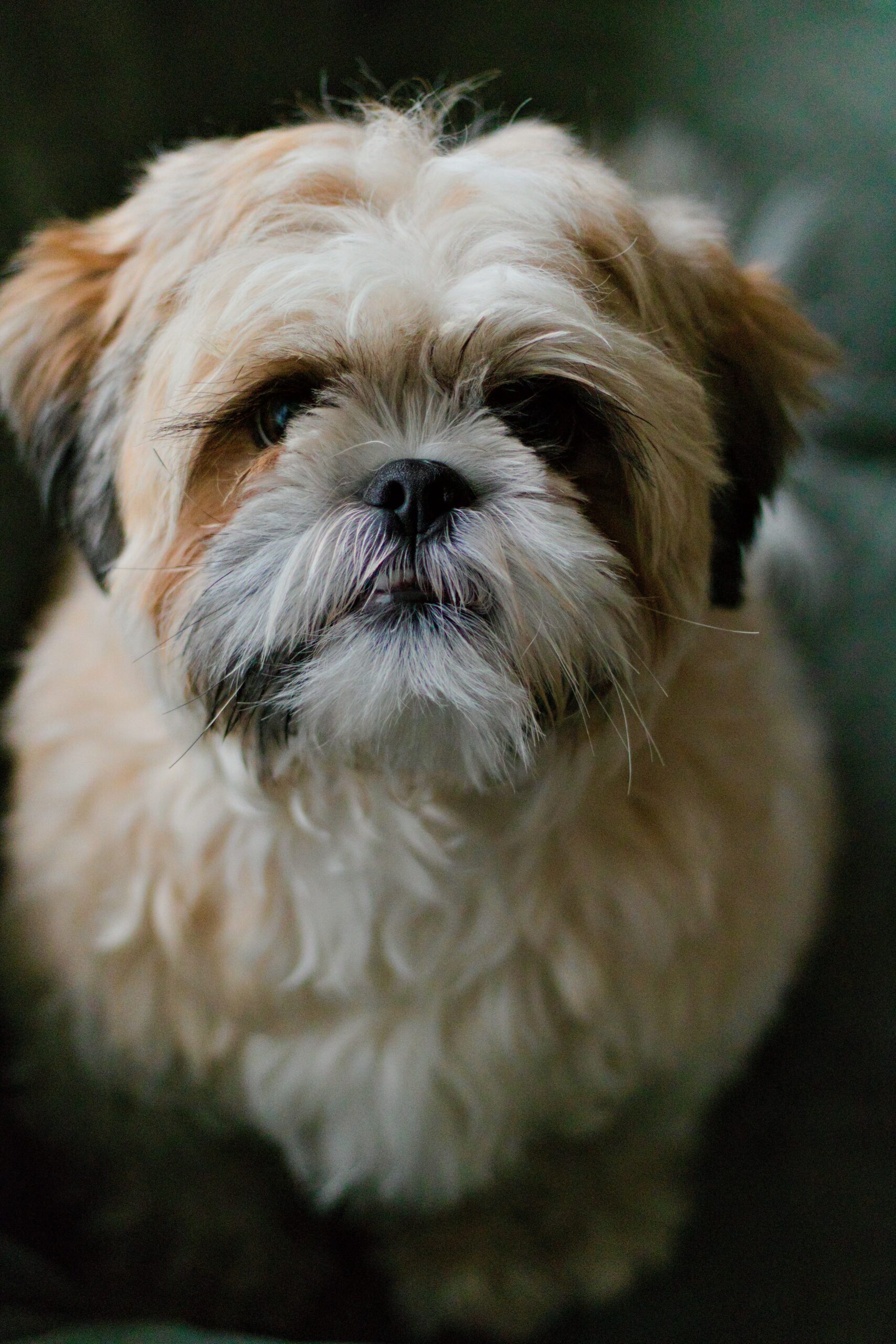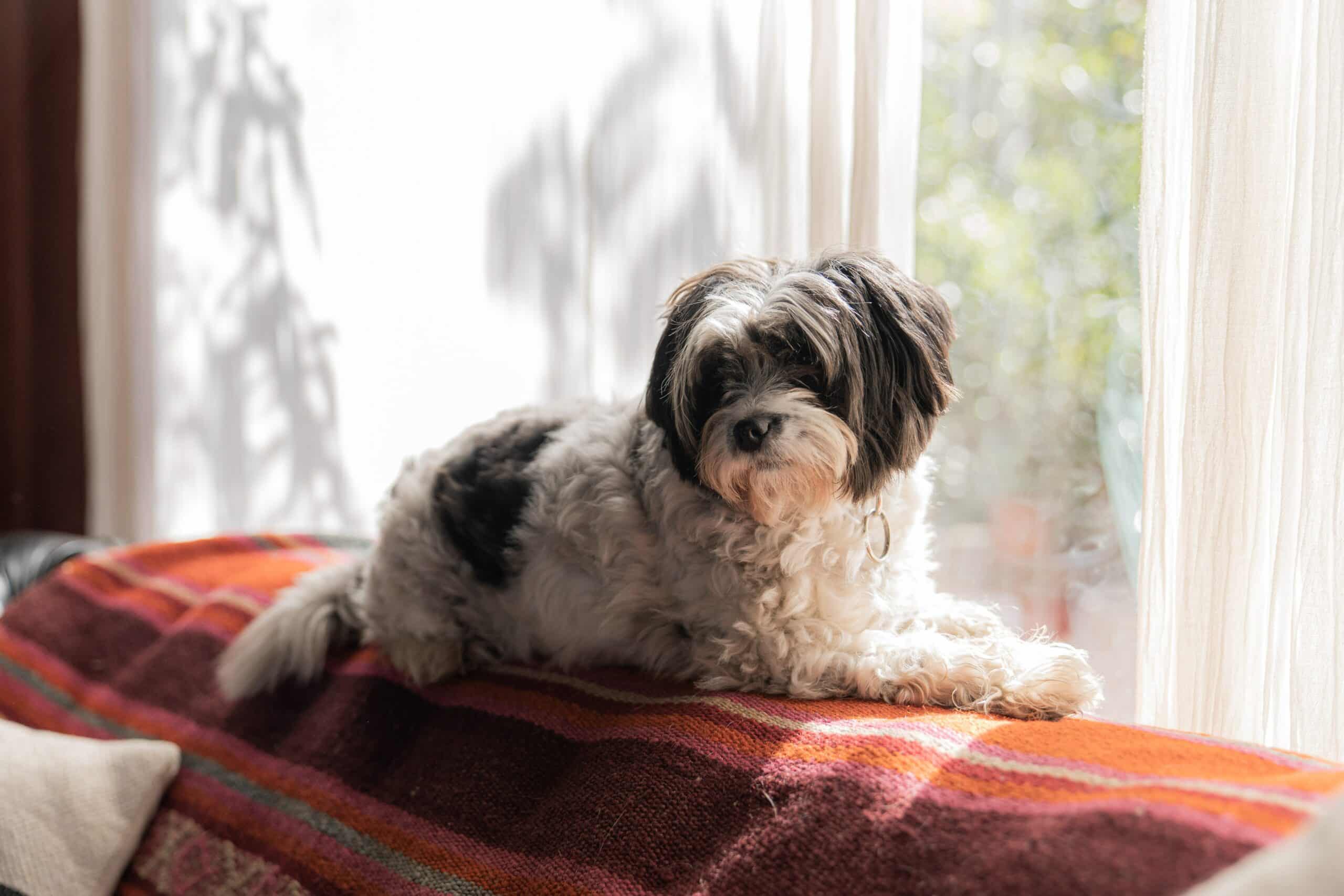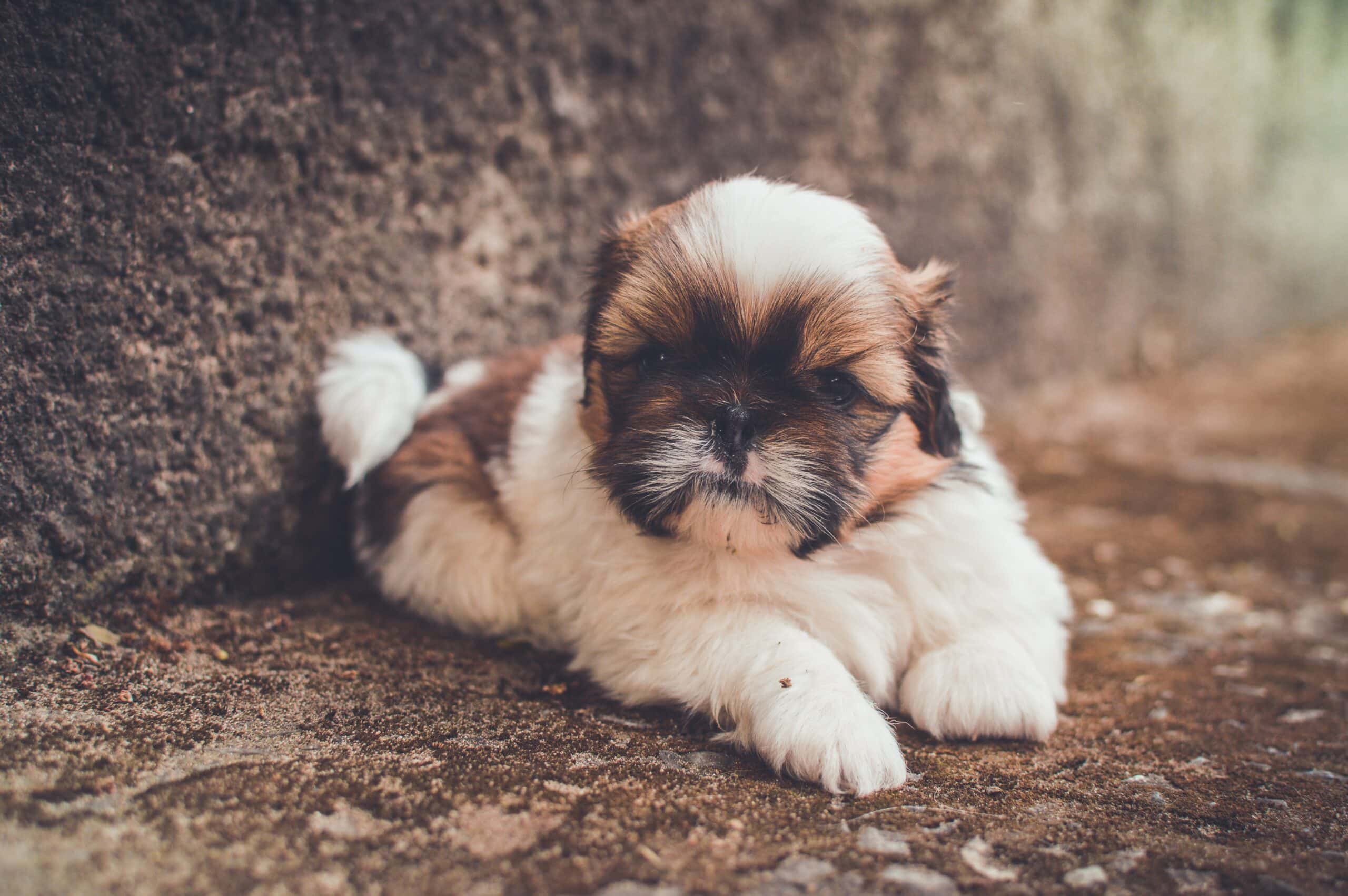
Shi Tzu is an Asian toy dog breed that originated in Tibet. Shih Tzus are recognized for their tiny nose, wide round eyes, ever-growing coat, floppy ears, and short and strong stance.
Despite their little stature, they are well-known for their generally joyful and energetic demeanor, as well as their peaceful and pleasant disposition. They can adapt successfully to a variety of settings.
They are not the most obedient breed due to their very independent character. The underbite they have is a breed standard.
The Chinese have described their head shapes as "owl head" and "lion head", and their mouth as "frogmouth".
There are dog breeds that are less allergenic and better suitable for those with allergies, even though no dog is completely hypoallergenic.
Even if the amount of shedding is reduced for these breeds, there is no assurance that everyone will experience fewer allergy symptoms as a result. Even if there is less hair, you will still have contact with their saliva and dander.
To minimize tangles, the classic long silky coat, which tends to reach the ground, requires regular combing.
Because of their long coats and fast-growing hair, they require frequent grooming, which may be costly and should be considered when contemplating getting one of this breed.
The coat is frequently trimmed short to facilitate care, but it still requires regular combing. The coat must be kept in its natural condition for confirmation displaying while shortening for tidiness all around paws and anus is permitted.
When the puppy cut is paired with a bigger, rounder face like a lovely and cuddly stuffed animal, the shorter cut is sometimes referred to as a "puppy cut".
The breeds name comes from Chinese and it was named after Xi Shi, one of the most beautiful women of ancient China.
Individual Shih Tzu has a number of health difficulties, some of which are inherited.
The breed's popularity has allowed for exceptionally poor breeding in general, resulting in widespread and permanent disorders, frequently from a young age.
Cardiovascular Disease -Shih Tzus are predisposed to several forms of heart disease. The prognosis of the ailment depends on when it is detected and the stage of the disease when it is identified.
- Brachycephaly- breeding selection exacerbated the skull deformity brachycephaly due to the ideal of beauty regarding the shape of the face. This short nose promotes skin sensitivities including dermatitis, pimples, and rashes.
The most prevalent eye issue in Shih Tzus is epiphora, which is caused by the fur on the eyelids irritating the conjunctiva and cornea. However, this can be mitigated by using eye drops recommended by a trained veterinarian.The dog will usually have the damaged eye closed or partially closed and may be crying excessively.The most prevalent eye issue in Shih Tzus is epiphora, which is caused by the fur on the eyelids irritating the conjunctiva and cornea. However, this can be mitigated by using eye drops recommended by a trained veterinarian.
- Because Shih Tzus have long hair which grows in their ears, ear infections are a typical problem. If ears are not regularly picked and cleaned, ear infections can return and will require treatment with an ear cleaning solution and perhaps medicine given by a veterinary. An odor emanating out from the ears, as well as continuous tilting of the head and itching of the ears, may indicate an ear infection.
Skin hypersensitivity- Shih Tzu's skin is extremely delicate and prone to allergens. Ideally, they must be washed every 2 to 6 months to preserve hygiene and avoid skin irritations. They are also susceptible to gastrointestinal problems, and the majority of them have sensitive appetites.


